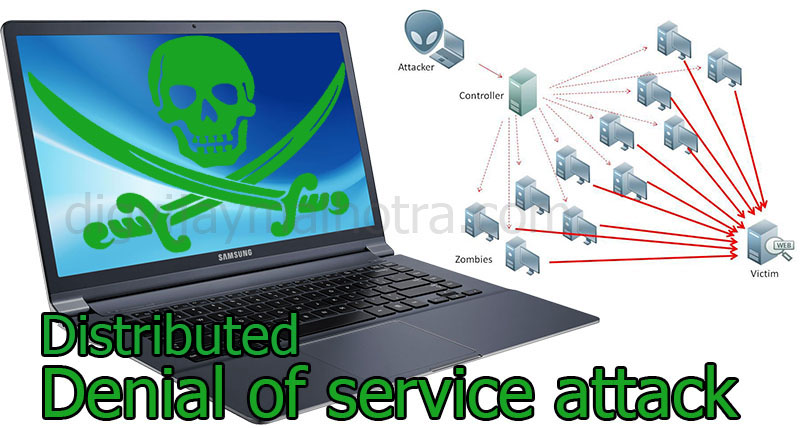The Difference Between DoS and DDos Attacks
A Denial of Service (DoS) attack is different from a DDoS attack. The DoS attack typically uses one computer and one Internet connection to flood a targeted system or resource. The DDoS attack uses multiple computers and Internet connections to flood the targeted resource. DDoS attacks are often global attacks, distributed via botnets.
Types of DDoS Attacks
There are many types of DDoS attacks. Common attacks include the following:
- Traffic attacks: Traffic flooding attacks send a huge volume of TCP, UDP, and ICPM packets to the target. Legitimate requests get lost and these attacks may be accompanied by malware exploitation.
- Bandwidth attacks: This DDos attack overloads the target with massive amounts of junk data. This results in a loss of network bandwidth and equipment resources and can lead to a complete denial of service.
- Application attacks: Application-layer data messages can deplete resources in the application layer, leaving the target’s system services unavailable.
What is a zombie and a botnet?
The virus-infected computers are called zombies – because they do whatever work the DDoSer commands them to do. A large group of zombie computers is called a robot network, or botnet. Your computer could be part of a botnet without your knowledge. You might not notice any difference, or you might notice your computer is not as fast as it used to be. That’s because it may be busy participating in a DDoS attack at the same time you are using it. Or, you might find out that your computer is infected when your Internet service provider (ISP) drops your service because your computer is sending an unusually high number of network requests.
How does a DDoS botnet work?
Zombie computers in a botnet receive instructions from a command and control server, which is an infected web server. DDoSers who have access to a command and control (C&C or CC or C2) server can recruit the botnet to launch DDoS attacks. Akamai has identified thousands of command-and-control servers and more than 10 million zombies worldwide. We track them and notify law enforcement to disable them when possible.
What are application layer 7 DDoS attacks?
Application layer 7 (L7) attacks may not create such high volumes of network traffic, but they can harm your website in a more devastating way. How an application-layer DDoS works by activating some aspect of a web application, such as posting different user names and passwords or targeting a shopping cart or search engine.
Many of the high-profile e-commerce outages are the result of Layer 7 application attacks. The biggest issue is that Layer 7 attacks can change and randomize very fast. Anything a visitor can access an attacker can too – and it looks the same to an IT administrator. Application layer attacks can be especially tricky to mitigate because you do not want to block legitimate users. But there are still ways to do it with DDoS mitigation software and hardware, such as rate limiting rules, CAPTCHAs, black listing IP addresses, and more. DDoS mitigation service technicians can monitor and analyze an attack while it’s happening to minimize damage.
We Provide Services In the Following Cities
Ethical Haker in Ludhiana
Ethical Hacking Services in Amritsar
Ethical Hacking Services in Mumbai
Ethical Hacking Services in Delhi
Ethical Hacking Services in Gujarat
Ethical Hacking Services in Chandigarh

